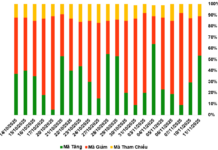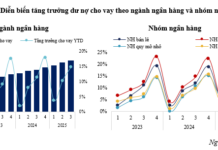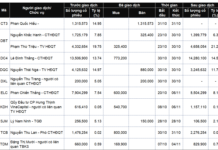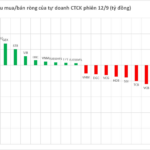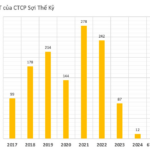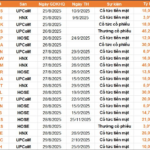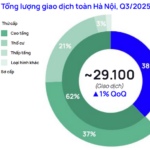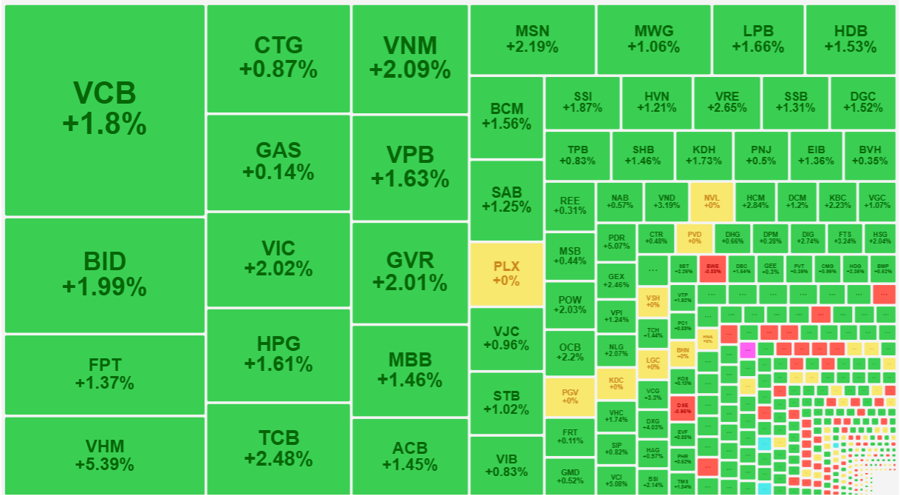This marks the third transaction of MSH shares by FTS since the beginning of 2025. Between June 3 and July 2, FTS registered to sell nearly 1.2 million MSH shares but only managed to sell over 672,000. As a result, FTS reduced its holdings from 9.6 million shares (12.79%) to 8.9 million shares (12.19%).
Subsequently, from July 9 to August 7, the brokerage firm registered to sell the remaining 520,000 shares from the previous transaction. In this round, FTS successfully sold all registered shares, reducing its holdings to approximately 13.2 million shares (maintaining a 12.19% stake, with the share count increasing due to MSH‘s 2:1 stock dividend).
|
FTS‘s MSH Share Transactions Since 2025
Source: VietstockFinance
|
MSH is a cornerstone investment in FTS‘s proprietary trading portfolio, yielding extraordinary returns. As of June 30, 2025, FTS recorded a VND 13.4 billion investment in MSH, while the market value soared to nearly VND 536 billion—almost 40 times the original cost.
Aside from MSH, the brokerage holds only VND 1.1 billion in other listed stocks and VND 2 billion in Construction Investment Corporation No. 8.
At the 2025 Annual General Meeting, FTS CEO Nguyễn Điệp Tùng stated that the company avoids proprietary trading on the exchange to prevent conflicts of interest with clients. FTS focuses on direct investments in unlisted companies, as exemplified by its long-term partnership with MSH. The company has supported MSH for over a decade and has no plans to exit as long as the collaboration remains beneficial to shareholders.
“However, I cannot guarantee we won’t take profits in 2025. If circumstances change, we must adapt and act accordingly,” Mr. Tùng added.
In the first half of 2025, MSH reported a 20% year-on-year increase in consolidated net revenue to VND 2,502 billion and a 75% surge in net profit to VND 242 billion. According to MSH, this growth resulted from increased order volumes and cost-cutting measures.
MSH shares are currently trading at VND 36,300 per share (as of the afternoon session on September 18). This price has held steady for nearly a month following a decline from VND 40,000 per share in August. Average trading volume over the past year exceeds 300,000 shares per session.
| MSH Share Price Since 2025 |
– 3:28 PM, September 18, 2025
The Bank Stock Surprise: A Proprietary Trading Boost
The proprietary trading arms of securities companies returned to net buying with a value of VND435 billion on the HoSE.
A Week of Generous Dividends: Top Payout Reaches 45% in Cash, a Major Player Allocates nearly $217 Million
Let me know if you would like me to continue refining or if you have another task for me!
Introducing the top 16 dividend-paying companies: an impressive range with yields from 3% up to a substantial 45%.




